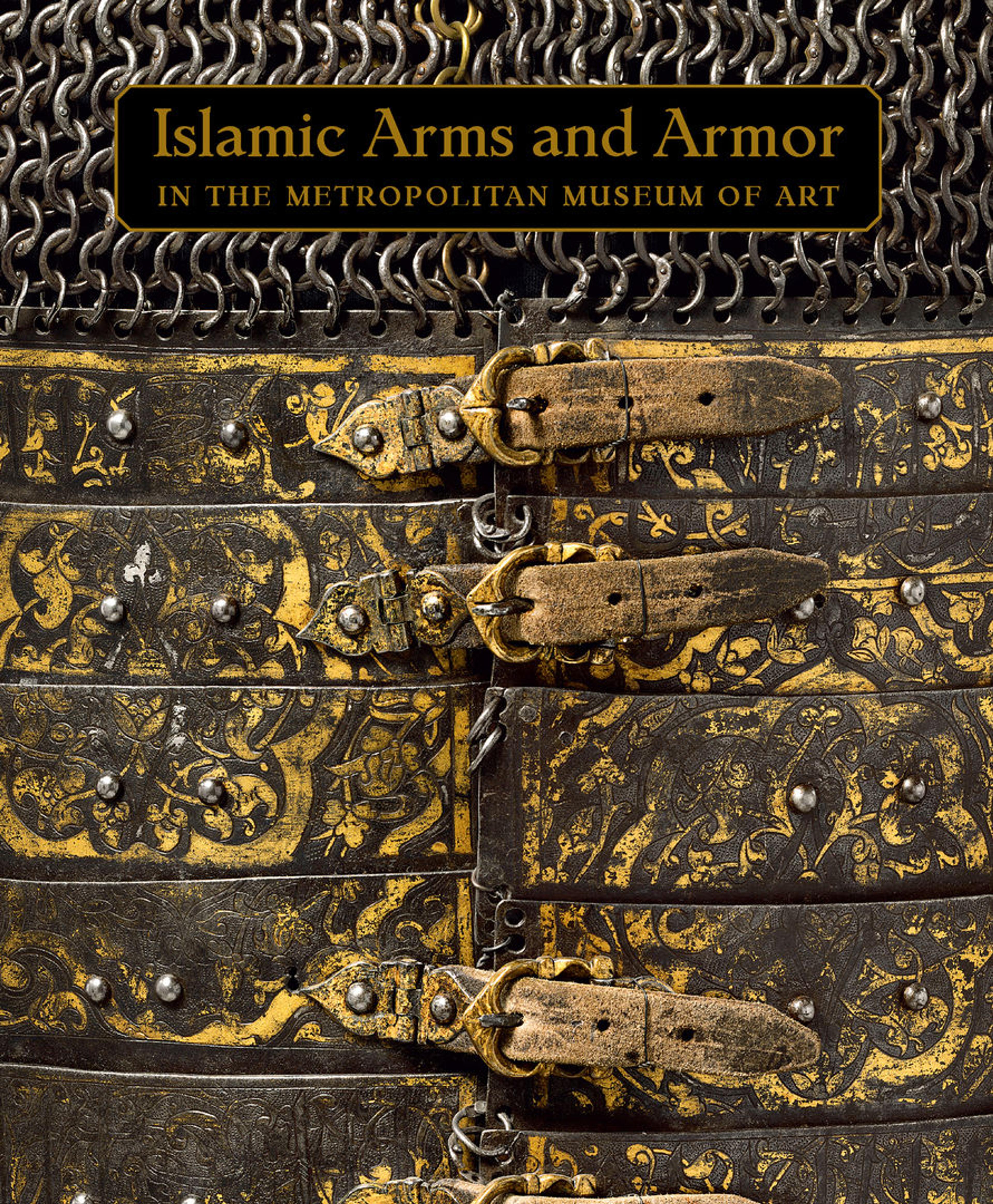Helmet
In the sixteenth century, Ottoman metalworkers developed a novel class of wares fashioned from gilded copper, tombak in Turkish. In addition to religious and domestic articles, tombak was also used for parade armor, especially helmets, shields, and shaffrons, as it was easy to fashion, lightweight, and, above all, colorful. Embossed in low relief in vertical lobes and with a split-leaf arabesque, this helmet is an unusually elaborate example of tombak armor.
Artwork Details
- Title: Helmet
- Date: early 17th century
- Geography: Made in Turkey
- Medium: Copper; embossed, engraved, stippled, and gilded
- Dimensions: H. 10 13/16 in. (27.5 cm)
W. 9 1/16 in. (23 cm) - Classification: Arms and Armor
- Credit Line: Gift of Mrs. Ruth Blumka, in memory of Leopold Blumka, 1974
- Object Number: 1974.118
- Curatorial Department: Islamic Art
More Artwork
Research Resources
The Met provides unparalleled resources for research and welcomes an international community of students and scholars. The Met's Open Access API is where creators and researchers can connect to the The Met collection. Open Access data and public domain images are available for unrestricted commercial and noncommercial use without permission or fee.
To request images under copyright and other restrictions, please use this Image Request form.
Feedback
We continue to research and examine historical and cultural context for objects in The Met collection. If you have comments or questions about this object record, please contact us using the form below. The Museum looks forward to receiving your comments.
